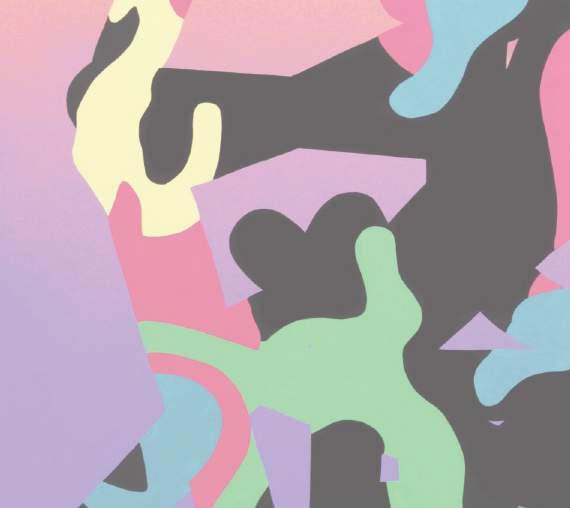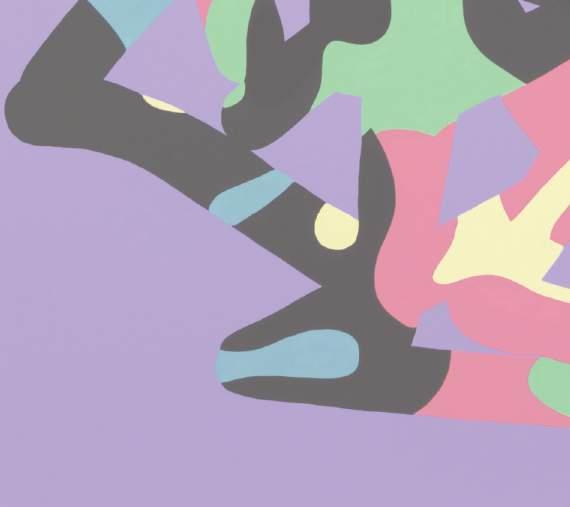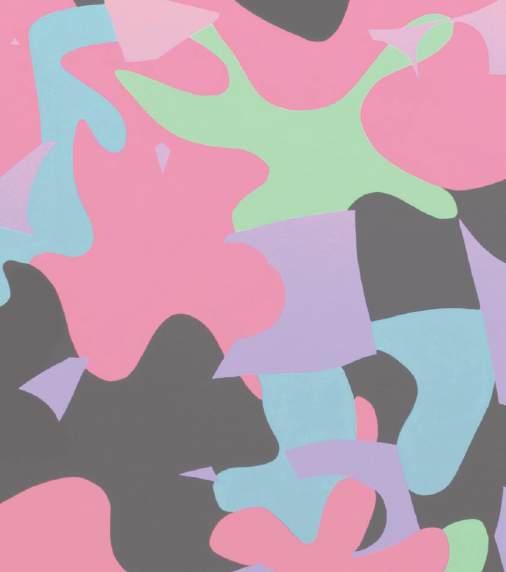Studio Leaders: Christine
and N’arwee’t Professor Carolyn Briggs AM







Studio Leaders: Christine
and N’arwee’t Professor Carolyn Briggs AM






We acknowledge the Traditional Custodians of the land on which this project takes place, the Yalukit Weelam clan of the Boon Wurrung people of the Kulin Nation. We pay our respects to their Elders past, present, and emerging, and extend that respect to all Aboriginal and Torres Strait Islander peoples.
We also would like to recognise Narweet Professor Carolyn Briggs AM who has inspired us throughout this project with her wisdom, knowledge and strong connection and love to Country We are grateful for her invaluable wisdom, passion and insights that have continuoulsy inspired us and this project
We would lastly like to recognise that this land always was and always will be Aboriginal land.
This project not only heals Country but also celebrates it through the vibrant pink canopy and the wide-spread, ever-changing landscape. It is bold and makes Indigenous culture feel seen by the community.
The project has a strong connection to words and strive to use them in various ways. For example, in the canopy, the phrase "Always Was, Always Will Be" is scattered all over the metal structure, creating beautiful shadows that dance against the water. This artistic element emphasizes the enduring presence of Indigenous culture in our design.
The importance of written language in our project serves as a powerful means to declare, engrave, and showcase that Indigenous peoples are still here and will never leave. It acts as a lasting reminder of their cultural legacy, ensuring their stories are heard and acknowledged by all.
We used water as a way nding element, guiding visitors through di erent gardens that each heal Country in distinct ways. Instead of diverting water, we chose to embrace it, allowing natural ows to connect people to Country.
Disrupting the Palais Theatre by letting water ow through it integrates the building into the natural systems of Country. Additionally, stopping vehicular circulation on the Esplanade created a fully pedestrian site, improving safety and accessibility for all.
Through the open gardens, we envisioned spaces for gathering, learning, and healing. This project fosters a sense of community, while also providing jobs and workshops to support First Peoples’ economic growth. Finally, using natural materials respects the unique look and feel of Country. This experience deepened our understanding of how architecture can honor and heal both the land and its cultural heritage.
Always Was, Always W ill be
Bundjils V iew
Sta ges str ateg y: Waterways shaping the jour ney
Materials str ateg y
Site Plan: Pro gr ams
Site Plan: Gar dens
Bunjils view in the night sky 1 2 3 4 5 6 7 8 9 10 11 12 13 14 15
Womindjeka, Bonjour and Talofa: T he Ar rival Space
T he Discover y Space and BIRI
T he Exhibition Space
Tru thtelling/Stor ytelling and Libr ar y Space
Ngar ga, Hotel Lobby and Dhanga Cafe
Codesign
Section: T he Always Pr oject
Enga gement Str ateg y
ALWAYS WAS, ALWAYS WILL BE

BUNDJILS VIEW

Waterways shaping the journey

















Community and Arrival Space, Administration, Restaurant
The Community and Arrival Space is the first point of interface. The space welcomes you with different languages - open to all and fostering an experience of welcome and connectedness to Country
The Community Space supports the arrival sequence and reception functions, in addition to key community functions such as the Lounge and Café. The Community and Arrival Space accommodates the simultaneous arrival of small and large groups, and supports both vibrant and quiet activities that enable interaction.
This space also features a restaurant space where different chefs from different cultures will teach the community their cuisines. The community will have the opportunity to engage with the land through hands-on produce picking, focusing on Indigenous plants and sustainable harvesting techniques.




















The Boonwurrung Indigenous Research Institute (BIRI) will accommodate researchers, PhD candidates and academics, and support research and collaboration.
It will be a place of cultural safety and of academic and collegiate support for collaborative and cross-disciplinary endeavours. The BIRI will be home to ground-breaking research, becoming a destination for Indigenous scholars, researchers, academics and PhD candidates.
The Institute includes dedicated space for Indigenous research students, providing access to digital and physical archives. The Indigenous Research Institute will be an acoustically controlled workplace, with the flexibility to provide environments for collaboration.













The Exhibition Space will be immersive environments for display, creation, interaction, and the generation of shared experiences. They will serve as a platform for Indigenous artists and creators to express their unique perspectives.
The exhibition highlights the cultural, spiritual, and historical. It will showcase traditions, ecological knowledge, and art, emphasizing the deep connection between people and their environment. The exhibition aims to foster understanding and dialogue about Indigenous perspectives and knowledges.










Library, Learning, Truth-telling and Story-telling Space
The Storytelling Hub will be a culturally rich and inclusive space that honours and shares traditional and contemporary Indigenous knowledges.
As a place for collaboration, the Storytelling Hub will be a hub for Indigenous learning, exploration and connection that goes beyond literature and conventional models of libraries. It will emphasise oration, art, documents, objects, landscape, people and digital resources. As a place of language revitalisation, the Storytelling Hub will offer language classes, resources, and partnerships with other relevant entities.L earning experiences will enable engagement with the wider community, schools, centres and institutes, and will be underpinned by a Country-centred approach.
The Storytelling Hub is a place to host events, workshops, and storytelling sessions, and provide engaging and active spaces for children to learn in These spaces will be where staff, students and community can collaborate and learn from one another.









N’ARWEE’T PROFESSOR CAROLYN BRIGGS AM
The Theatre space acknowledges the importance of theatre in Indigenous storytelling and the connection to water. The exisiting Palais makes room for the water and welcomes it to the space becoming a new space and experience.
The space will accommodate art, drama, music, talks, comedy and films. The Theatre Space will be a destination for theatre excellence, supporting Indigenous performing arts companies and travelling speakers from Indigenous communities.
The art café and hotel lobby seamlessly blends modern design with natural elements, creating a tranquil oasis. The centerpiece is a stunning water feature that flows gently into the space, its soft sounds creating a calming atmosphere. The overall design fosters a sense of connection between the indoors and the soothing presence of water, inviting guests to relax and reflect.














































